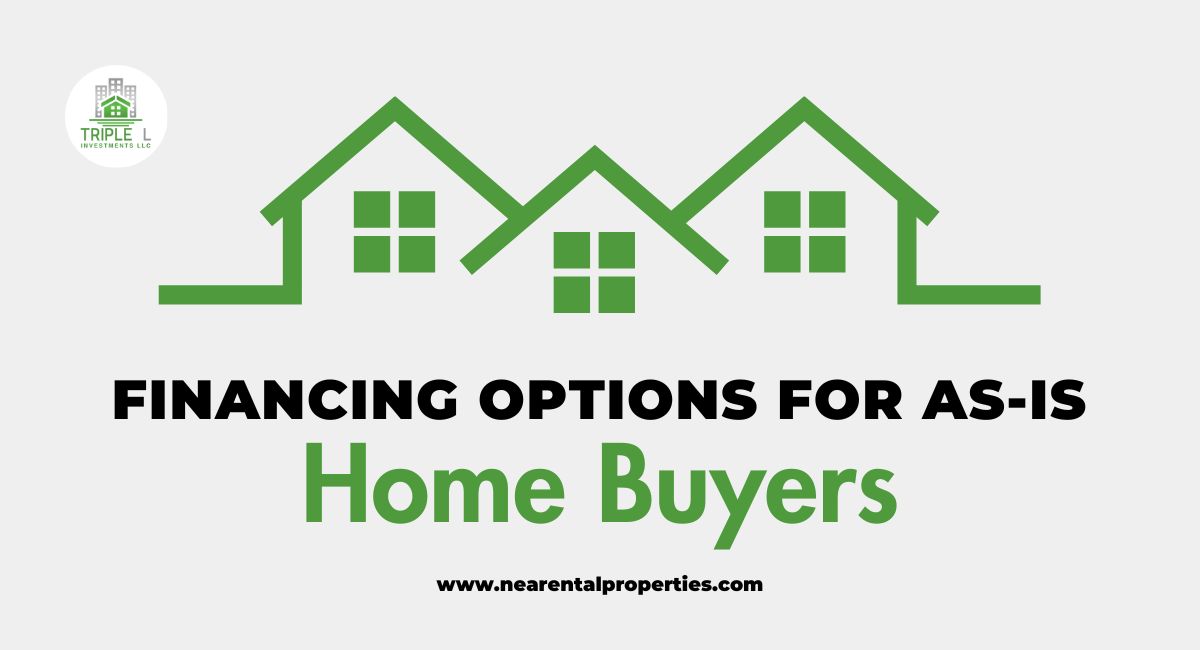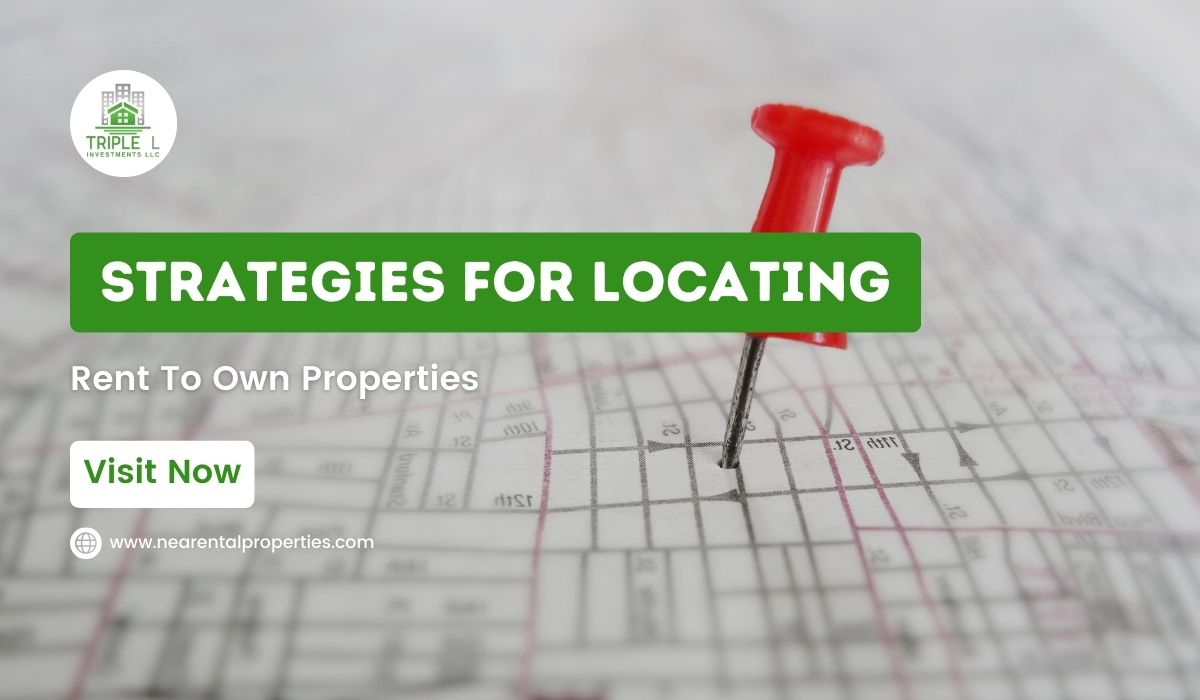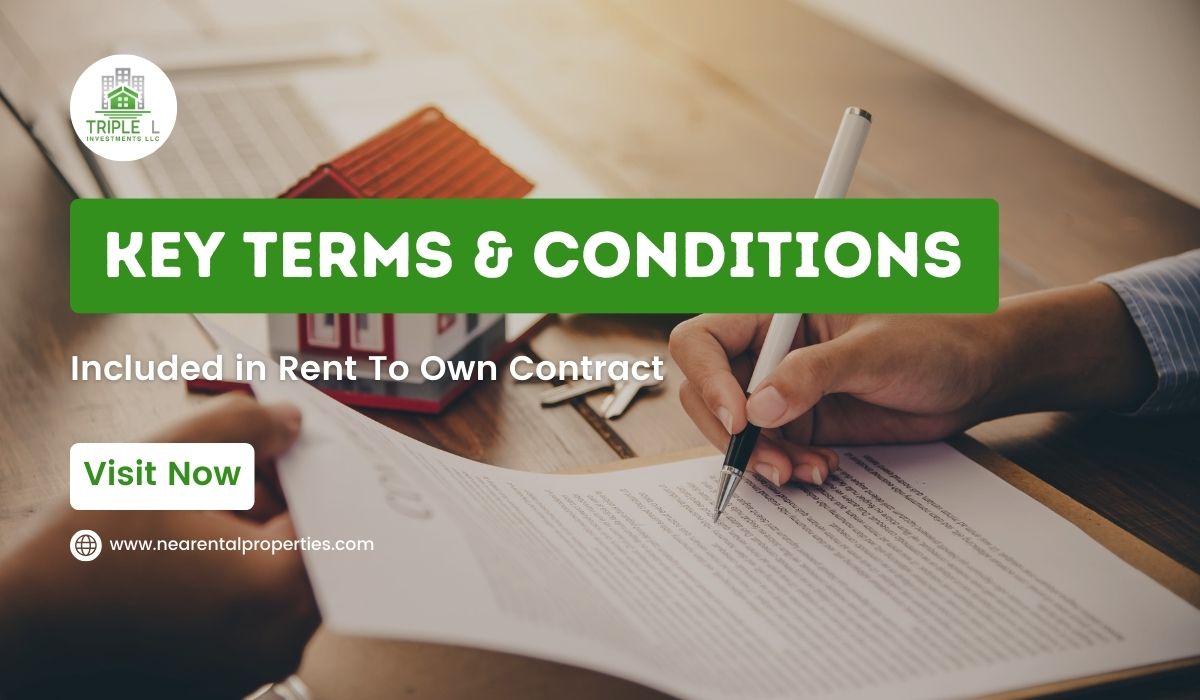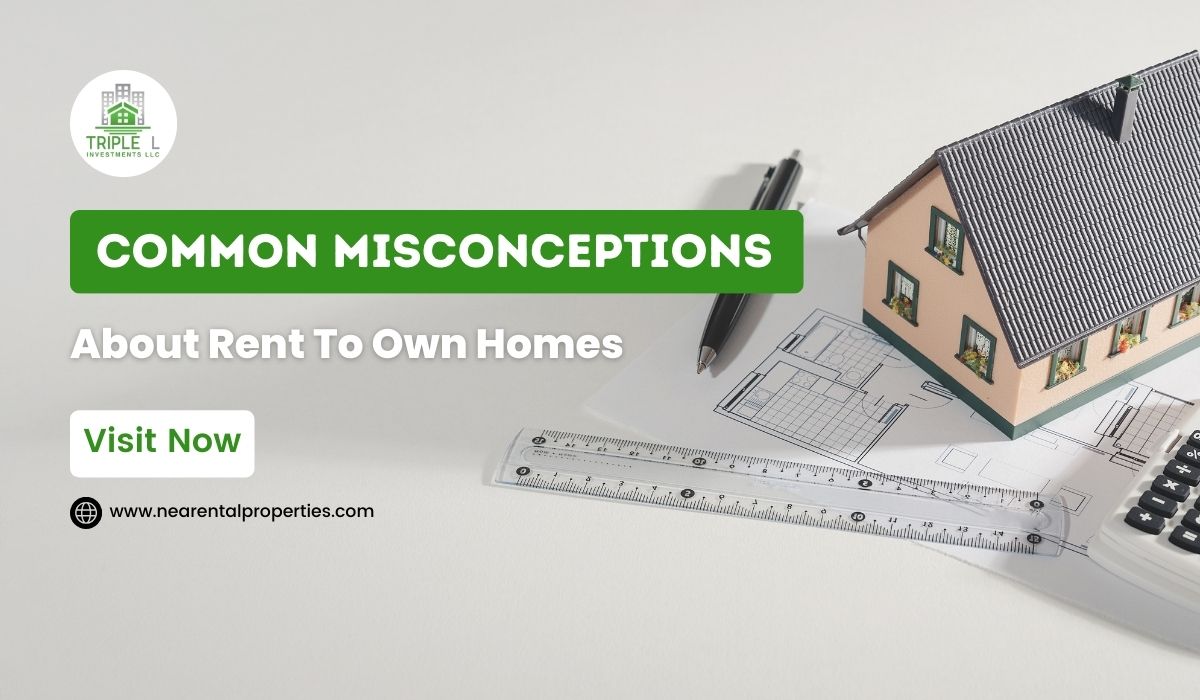Buying a home “as is” has distinct obstacles and opportunities. A home sold as-is, without major repairs or improvements, requires strategic financing.
This detailed book explains as-is house purchasers’ financing alternatives and helps them navigate the real estate market. This resource covers conventional mortgages, renovation loans, and alternative financing techniques.
It helps buyers make informed decisions and fulfil their homeownership goals in as-is properties. Whether you’re a first-time homebuyer or an experienced investor, understanding financing is essential.
Financing Strategies for As-Is Home Buyers
Overview of Buying As-Is Homes:
The as-is advantage in home buying presents distinct opportunities and considerations. Many buyers like the flexibility of buying a home in its current state. Sellers price as-is homes to allow for repairs or renovations, which saves them money. Investors and refurbishment enthusiasts may find this appealing.
It’s important to consider downsides, including the possibility of unforeseen complications and post-purchase repairs. Buyers of as-is properties should investigate, negotiate, and assess the investment against the possible rewards of buying a property that meets their vision and budget.
As-Is Conventional Financing:
As-is homebuyers can easily become homeowners with conventional financing. Conventional mortgages allow people to buy property in their current state. The lender evaluates the property’s value and condition during appraisal and inspection.
As-is homes require a comprehensive inspection to reveal potential concerns, allowing purchasers to make informed selections. Although traditional finance doesn’t require substantial repairs before approval, a thorough inspection report may affect price discussions. Conventional financing for as-is properties allows buyers to customize their investment based on the property’s value.
Home Equity Loans for As-Is Renovations:
As-is homebuyers who want to renovate can use home equity loans. After buying a home, homeowners can use their equity to get a renovation loan. This funding lets individuals repair and upgrade the property, making it a customized living place.
Home equity loans offer financial flexibility for post-purchase renovations due to their competitive interest rates and fixed payback terms. As-is buyers can use equity to renovate their properties to increase value and quality of life.
Directly Negotiating Terms:
Seller financing allows as-is house buyers to negotiate terms directly with the seller, who acts as the lender. The buyer pays the seller directly, bypassing banks. This offers parameters, interest rates, and repayment schedules that conventional loans may not, making it appealing to both parties.
Working with sellers on a custom financial arrangement can help as-is buyers avoid financing issues. Buying a home with seller financing might be more convenient for those unable to get regular loans.
Loans from Private Lenders:
As-is house financing offers buyers with unique issues an alternative through private lenders and hard money loans. Private lenders, usually non-banks, lend directly to borrowers. Although secured by the property, hard money loans are short-term, asset-based loans with higher interest rates.
Private lenders and hard money loans are ideal for as-is home buyers since they are flexible and can be approved quickly. The advantages include higher interest rates and shorter payback durations, which may deter some customers. Choosing the right financing solution depends on the buyer’s financial needs and risk tolerance.
Seamless Bridge Loans:
As-is house buyers use bridge loans to shift between buying and selling their property. When homeowners need money for a new purchase while waiting to sell their current house, these loans are helpful.
Bridge loans allow purchasers to buy their dream house before selling theirs in a competitive real estate market by offering short-term finance. This financial instrument streamlines the home-buying process, avoiding delays and uncertainty. Bridge loans are convenient and flexible, making them a good choice for consumers moving between residences despite higher interest rates.
Gradual Home Ownership with Lease-To-Own:
A responsive Lease-to-Own Agreement allows as-is home buyers to become homeowners gradually. Prospective buyers can rent and buy the property later, usually at a predetermined price. This arrangement allows you to test the waters before buying an as-is property with prospective repairs.
It lets people experience the property and build equity. Lease-to-own agreements also allow you to lock in a purchase price, giving you financial security and a clear path to home ownership. This makes them a good option for people unfamiliar with as-is home buying.
As-Is Down Payment Assistance Programs:
As-is homebuyers encountering financial challenges benefit from down payment assistance programs. These programs help people bridge the savings-down-payment gap, making homeownership more accessible. These programs can help as-is buyers who are budgeting for repairs or modifications.
Down payment aid might include grants, loans, or postponed payments, giving buyers financial flexibility. Investigating and using these programs can help as-is purchasers buy houses that were previously out of reach owing to financial constraints. Potential purchasers must grasp these programs’ eligibility requirements and application processes to make the best homeownership decisions.
Investing Legally and Disclosures:
When financing an as-is property purchase, legal and disclosures protect your money. Understanding your legal rights and duties when buying a property in its current state is crucial. Thorough inspections are essential for identifying faults and understanding the property’s condition.
The property owner must disclose all known faults and issues in seller disclosures. By understanding these legal elements, buyers may make informed decisions, negotiate well, and reduce the hazards of buying an as-is home. A clear and documented disclosure approach builds trust and reduces surprises during and after the transaction.
Conclusion:
Finally, understanding the various financing alternatives for as-is home buyers is essential. The above guide will teach potential buyers about conventional and specialized loans, inventive financing methods, and negotiation strategies.
Property acquisitions present unique challenges, so real estate agents, mortgage brokers, and financial consultants are crucial. As-is home purchasers can confidently make strategic choices based on this comprehensive guidance.
Frequently Asked Questions
Conventional mortgages are viable options but may require thorough inspections and appraisals.
Yes, VA renovation loans offer military homebuyers financing for purchases and renovations.
It is possible to obtain USDA loans for as-is property purchases in rural areas for qualified buyers.
Yes, homeowners can use equity loans to finance renovations after purchasing an as-is home.
An alternative financing approach for as-is home buyers, seller financing, involves the seller acting as the lender.
As-is properties can often be financed with private lenders and hard money loans with faster approval processes.
Bridge loans provide temporary financing during the transition from buying to selling homes.
Renters can gradually transition into homeownership through lease-to-own agreements, which provide a flexible purchase option.












